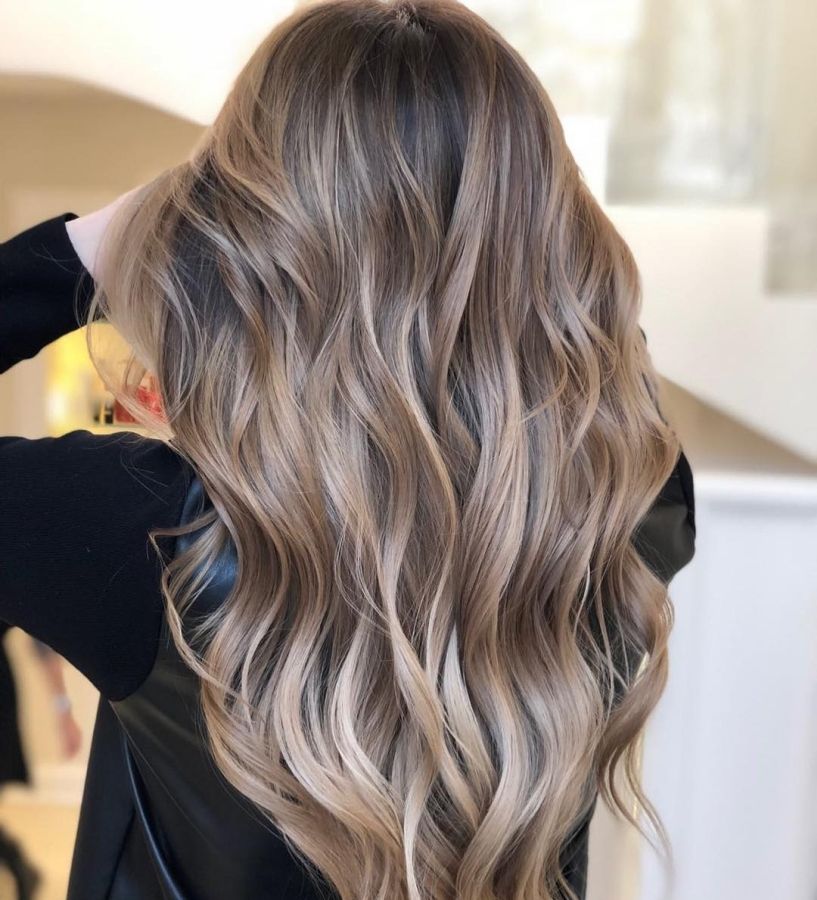
Hair coloring - learn about the benefits of this hair coloring method
Content
Coloring is a ritual for many people and one of the pillars of hair care. This is possible due to the fact that natural dyes, such as henna, not only color the hair, but also nourish it. Find out what henna is and how it works. Can it replace coloring with a coloring cream with a chemical composition?
Coloring is one of the oldest ways of refreshing the appearance, which was popular in antiquity. At that time, chemicals were not available, only organic ingredients were used. Apart from chamomile, copper, herbs and clay, henna has been the main method of hair coloring in many parts of the world. Like other substances obtained from nature, it does not guarantee such an intense effect as the dyes and creams available on the market today.
Henna - how is it done?
As a natural dye, henna is produced from the leaves and shoots of defenseless lavsonia, a fairly common plant in tropical regions, rich in pigments. Cosmetics have been used for thousands of years, especially in the Middle East, where this traditional form of coloring has not been replaced by chemical features until today.
Henna is not only an effective dye, but also a natural cosmetic rich in useful components. It has a lot of potassium, magnesium, copper and iron, as well as a whole cocktail of vitamins. Not without reason, procedures with its use are referred not only to coloring, but also to nutritious.
Henna dye looks like a dark brown paste before mixing with water. It is applied directly to the hair, ensuring an even distribution. Henna is great for both light and dark hair that needs coloring. However, with its use, you can only revive or deepen the color, darken it. Lightening in this case is not possible.
Henna hair coloring - the advantages of such a solution
There are many benefits of using henna. Firstly, unlike chemical dyes, this is a cosmetic hair care product that allows you to not only dye. Of course - modern coloring creams have nothing to do with ammonia dyes, which were used so recently and damaged the structure of the strands. Often, after dyeing with their use, a periodic improvement in the condition of the hair is noticed. However, it is henna that takes color care to a new level, penetrating deeply into the hair structure, nourishing it and giving shine to the hairstyle.
What other benefits does henna have?
- joke safe for long-term use without the risk of hair damage,
- not annoying - unlike most synthetic paints, it does not contain irritating components. Because of this, it can also be used by people suffering from dermatological conditions such as psoriasis or eczema. If you have a sensitive scalp or are struggling with any of these ailments, it is worth consulting a dermatologist about the use of paint. It is also recommended to do an allergy test on a small area of the skin to see how it reacts to the henna.
- it's universal – unlike hair dyes, it can also be used safely on eyebrows and eyelashes.
- Guarantees a natural effect. - especially black hair in the version with henna looks lighter and more natural. When stained with henna, you can count on a light, multi-dimensional shade with delicate reflections.
Hair coloring - what are the disadvantages of such coloring?
Despite the beneficial effects on hair and skin, henna dyes also have a darker side. Firstly, henna does not guarantee such a wide range of shades as traditional dyes. When choosing this staining method, it should be borne in mind that the color palette will be limited compared to chemical paints - however, its range is still quite large, from light browns, through chestnut and copper, to deep ebony and dark chocolate. It is also worth remembering that bleaching hair with henna, unfortunately, is impossible.
Another problem is durability, which is lower than paints. Henna binds to keratin in the hair structure, but is washed out fairly quickly. Undoubtedly, the effect is more natural than on chemically dyed hair with visible roots. In the case of henna, it is also difficult to predict the final result - a lot depends on the natural characteristics of the hair.
How to dye your hair with henna?
Henna dyeing takes a long time - it usually takes 4-5 hours, which is quite a long time compared to traditional dyes. How to conduct them? First, wash your hair thoroughly. Then mix the mass with water, adhering to the proportions indicated in the instructions attached to the product. The resulting solution should have a silky texture, without lumps. Please use warm water.
Applying henna is similar to applying regular paint. Start at the roots of your hair working your way to the ends. Use a special brush to distribute the mass. Henna should be left on hair for at least four hours before rinsing off. So let's protect them well to avoid dirt.
Two-stage incubation - what is it?
If you want a deeper, darker color, two-step henna is a good solution. This works especially for people who already have gray hair. How to spend? First, apply henna in a natural color, that is, dark red. The next dose of cosmetic product - in the target color - apply the next day. This coloring guarantees you painting over gray hair and a deeper color.
Henna is a great solution if you want to not damage your hair and achieve a natural result. Before applying cosmetic to all hair, it is worth trying it on one strand to make sure that the shade meets your expectations.
Find more hair care tips
:
